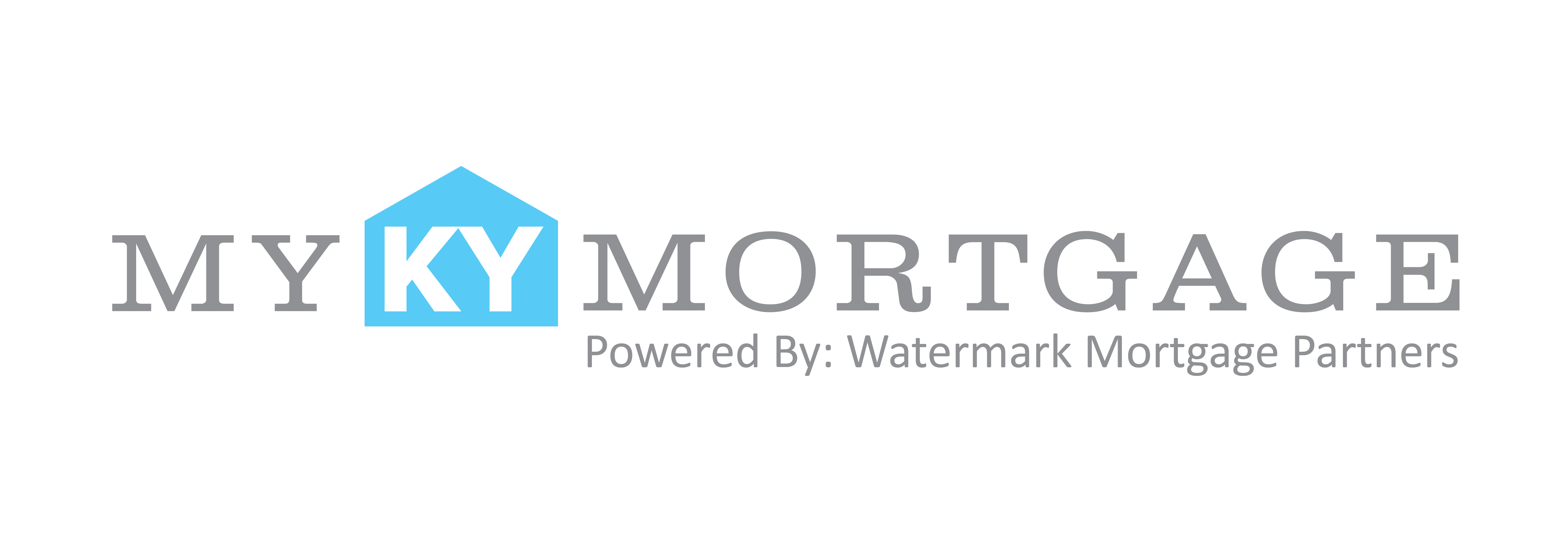Mortgage rates are the lowest we’ve seen in three years. While many folks are considering buying or selling, it’s also a great time to refinance. Here are some tips from Inman on how to properly refinance a home loan:
- Slow down. Yes, you might miss the boat, but better to do it right.
- When refinancing a primary residence, remember that closing costs are not tax-deductible; the interest saved is deductible. After computing the interest saved in the first year, reduce it by your marginal tax bracket (or about 30 percent) — before comparing with costs.
- It might be wise to stretch loans to 30 years when refinancing. If your current loan has around 27 years to go, and you stretch it to 30 years, part of the decline in the new monthly payment is due to re-amortization, not a savings.
- Make sure your lender focuses on the improvement in your monthly payment…as well as the issues in Nos. 2 and 3 above.
- Many people think that the sub-3.50 percent interest rate in 2012 was the absolute bottom and we’d never see it again. Here we are, and there’s a fair chance it might go lower depending on the markets in Europe, China and Japan. So, there’s still time to refinance.
- If you shop for a refi lender, extract a promise to close. Don’t seek the cheapest deal or to re-price if rates go lower, but get it closed. Every processing team in the U.S. is likely to be overwhelmed.
- Loan pricing today is “risk-based”—very sensitive to loan-to-value ratio. You can’t know the deal you’re going to get until the appraisal is in. So, analyze the deal on low-side value at the beginning, and be pleasantly surprised.
- If you’ve refinanced several times during the past 34 years of consistently declining rates and think you have a good understanding of process and lender documents, they’ve changed. As of October 2015, there’s a completely redone TRID (TILA-RESPA Integrated Disclosures) rule to help consumers make informed mortgage choices. It replaces four borrower disclosure forms with two new ones (the Loan Estimate and the Closing Disclosure) and requires creditors to five consumers three business days to review the Closing Disclosure and ask questions before the loan closes.


